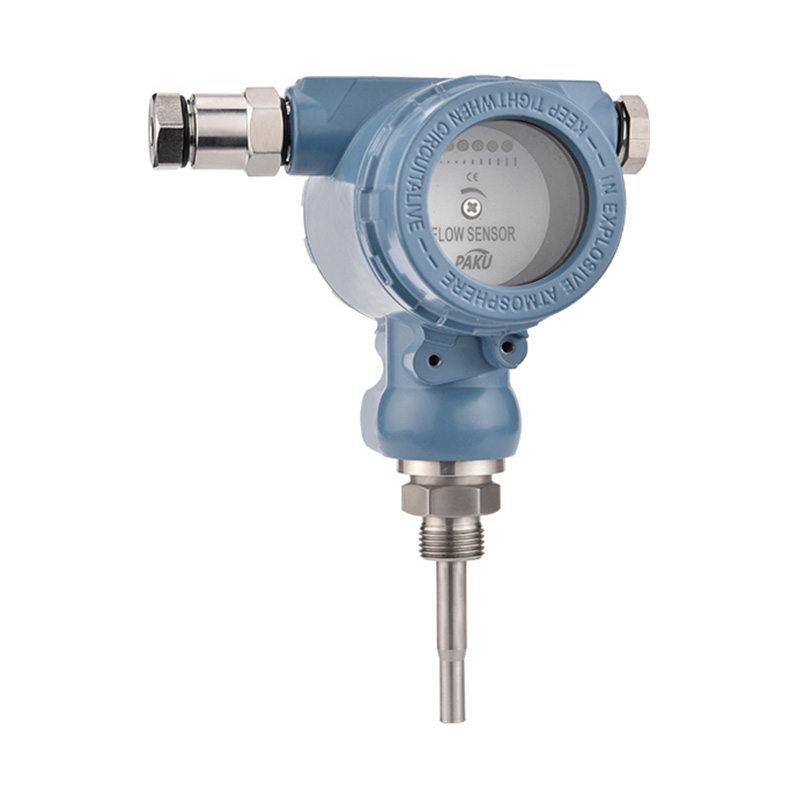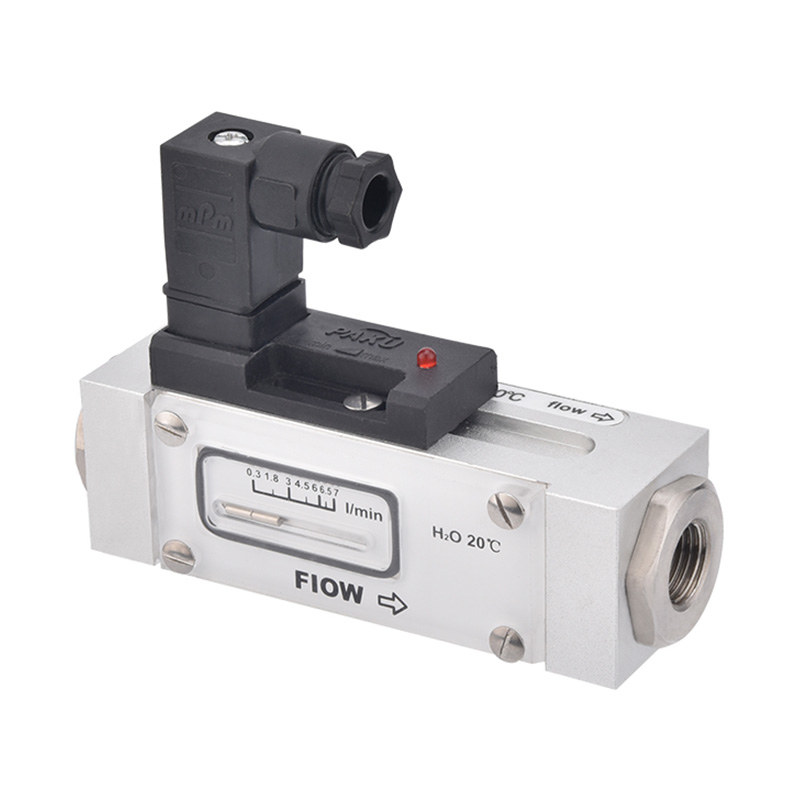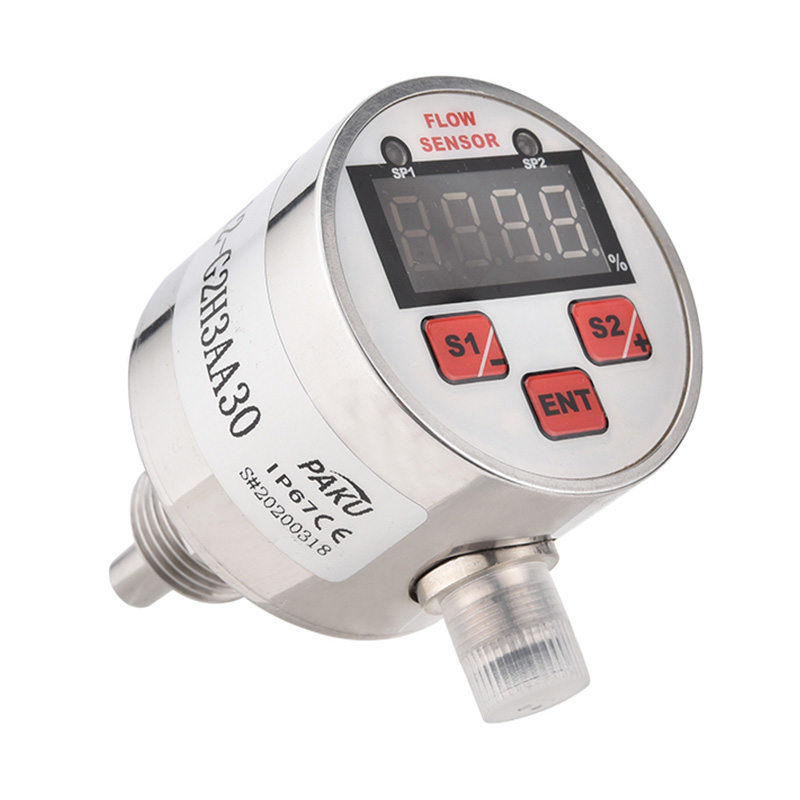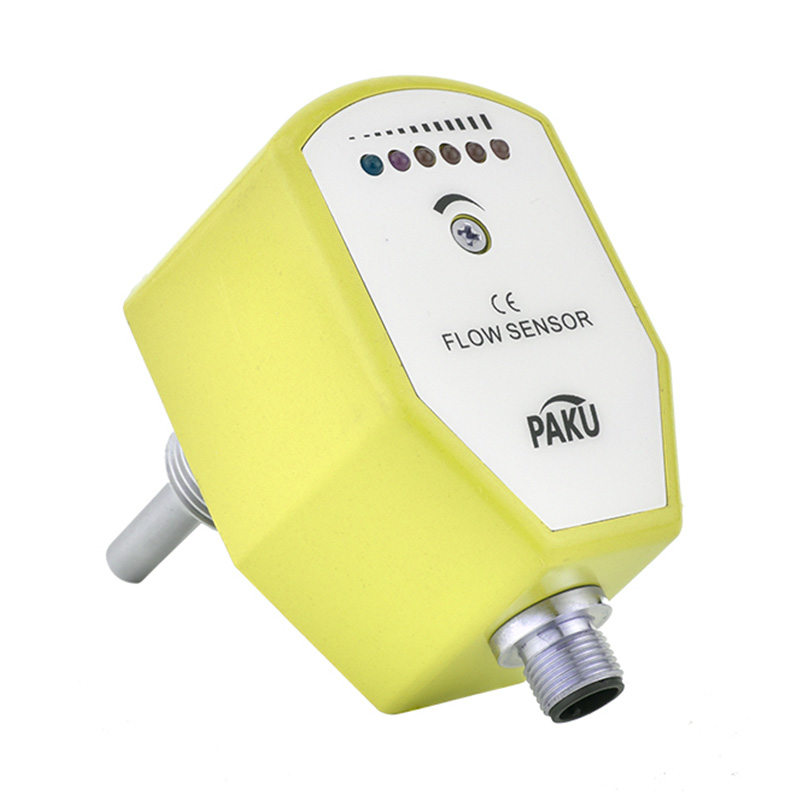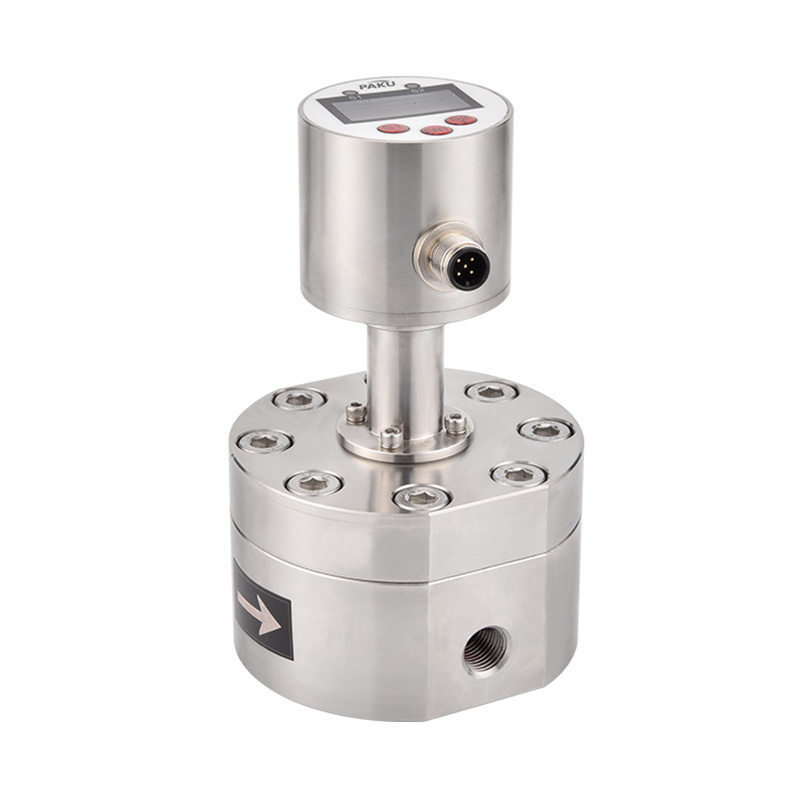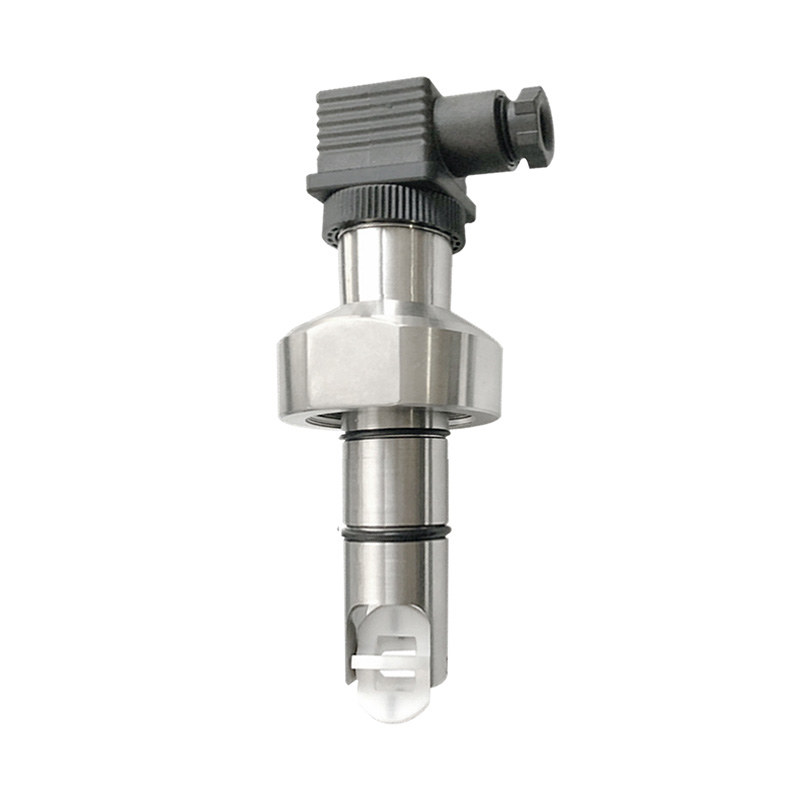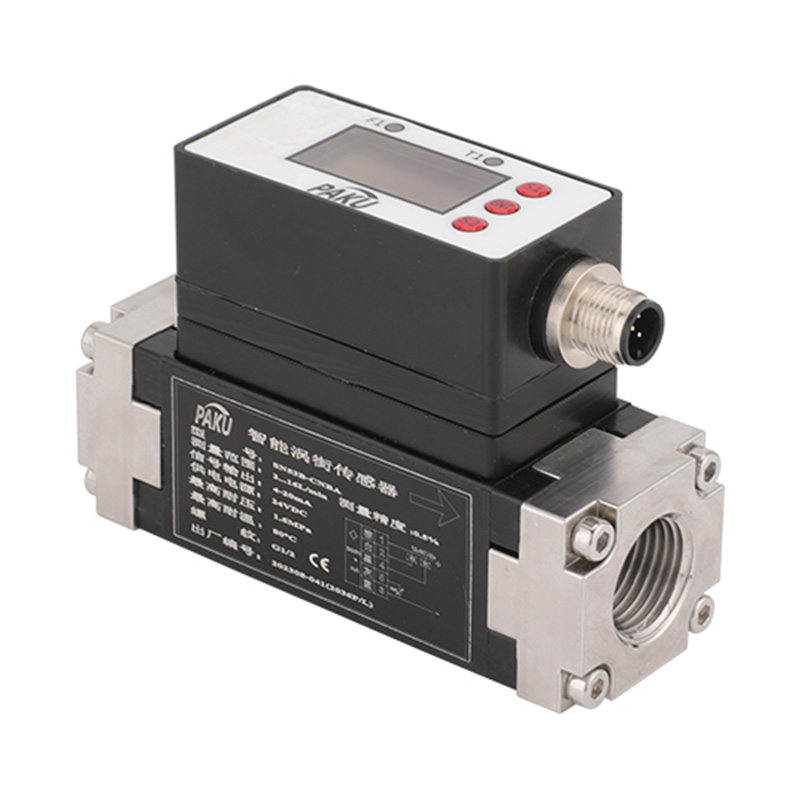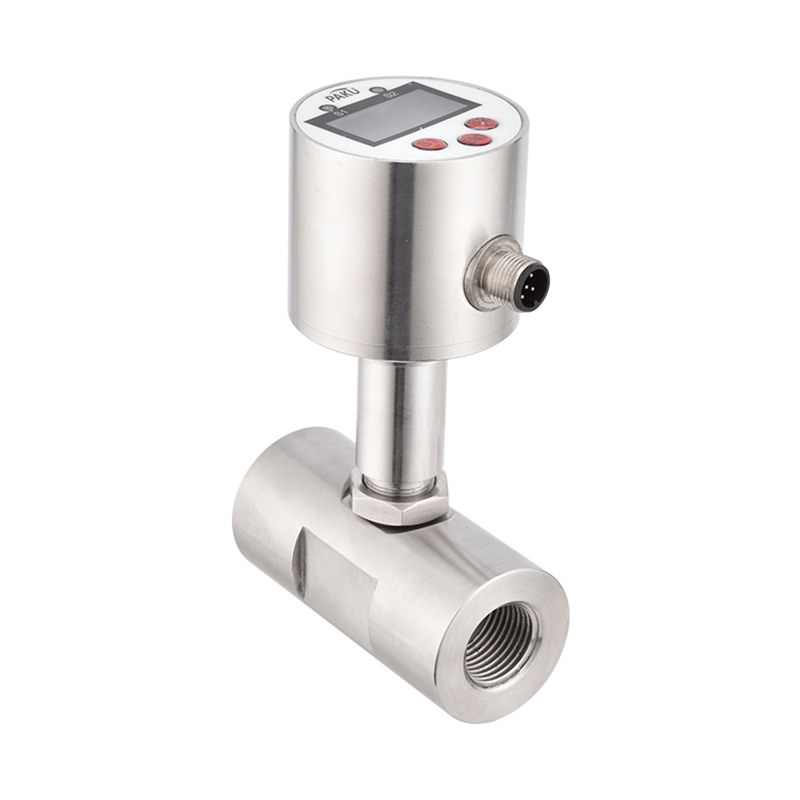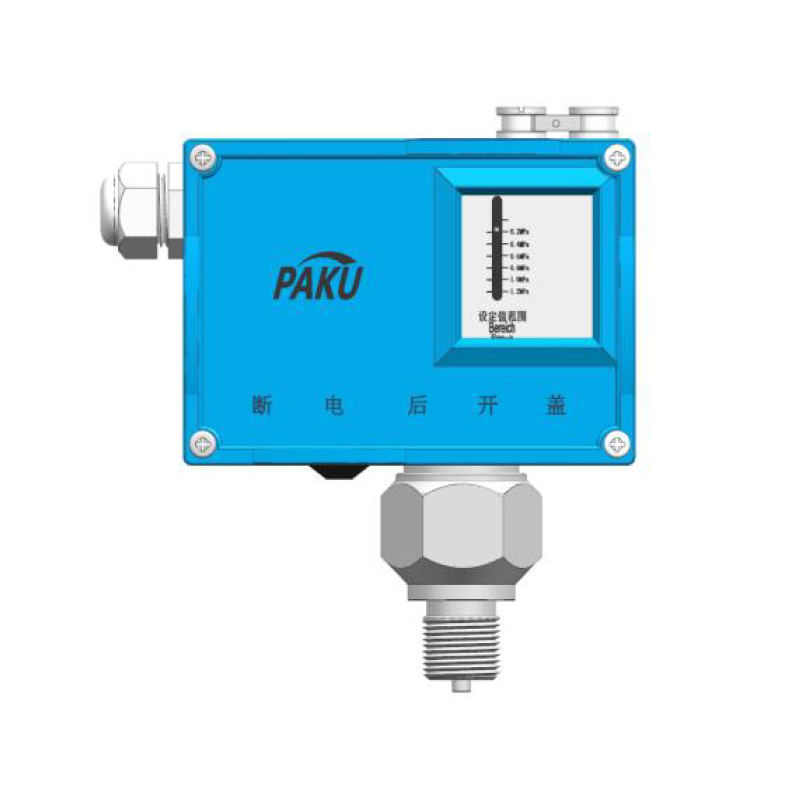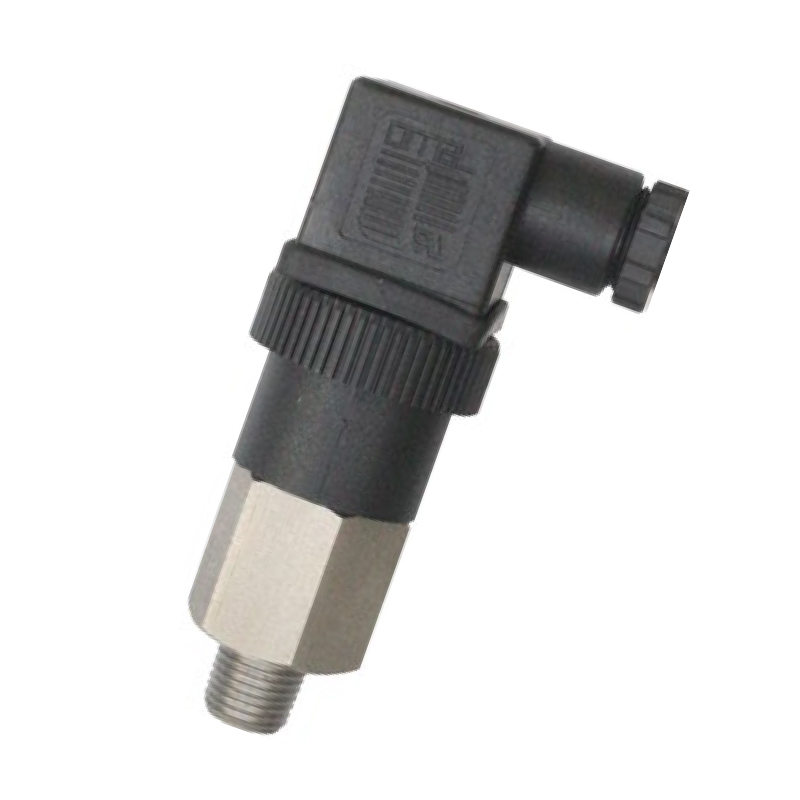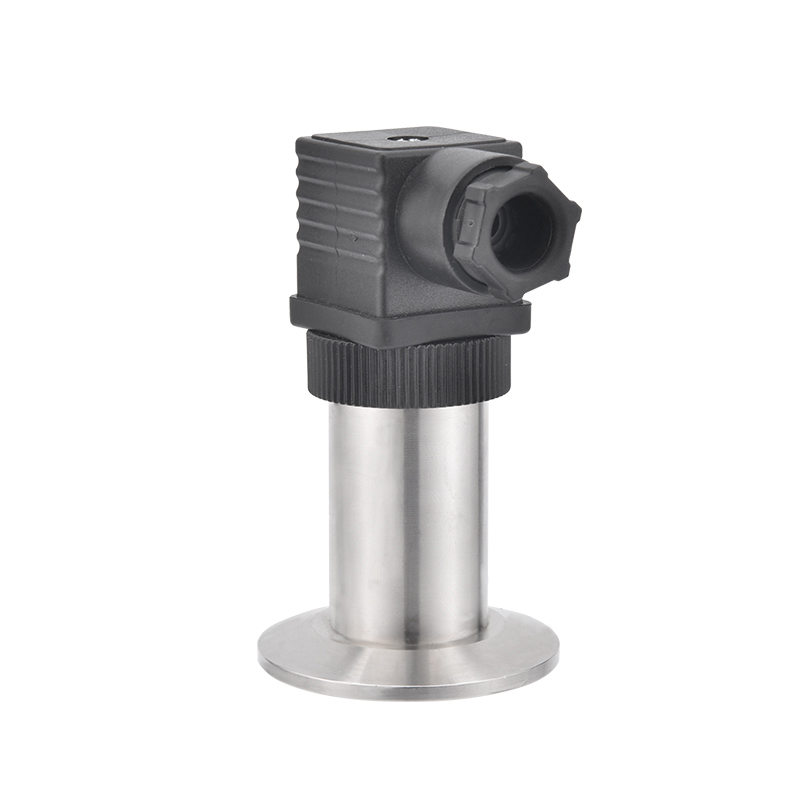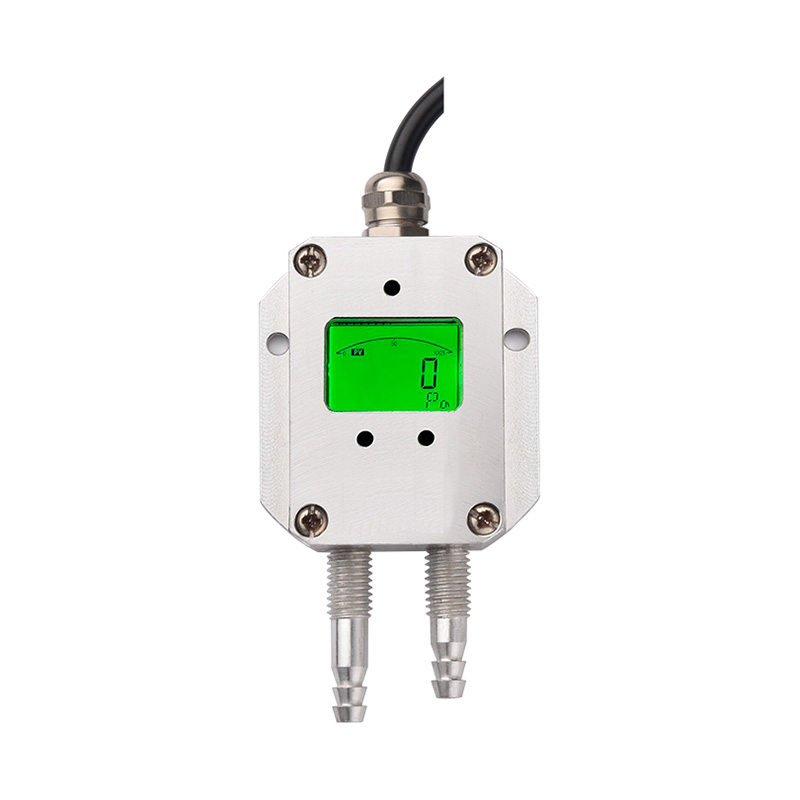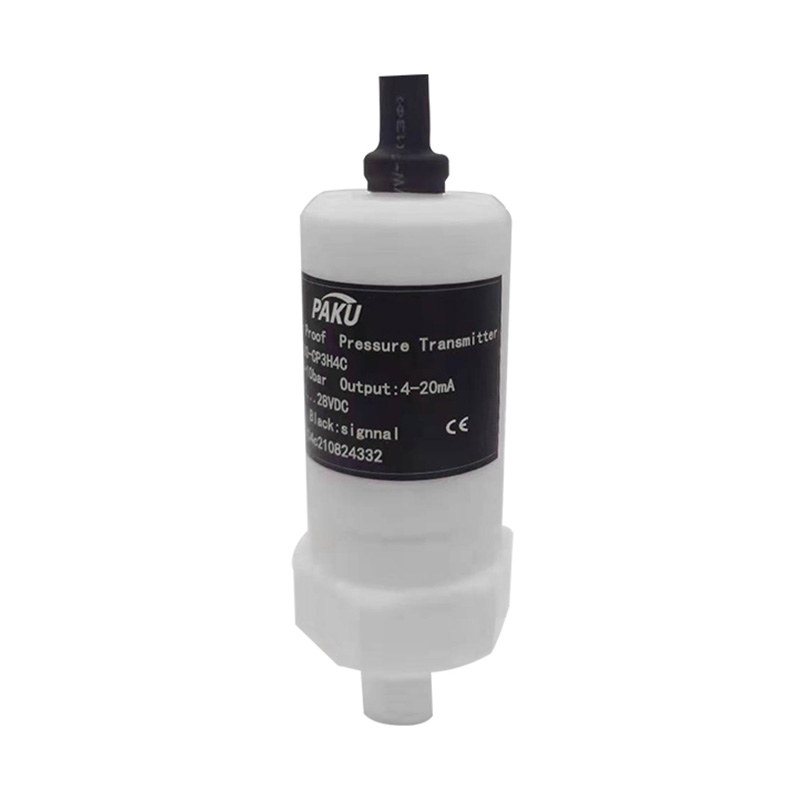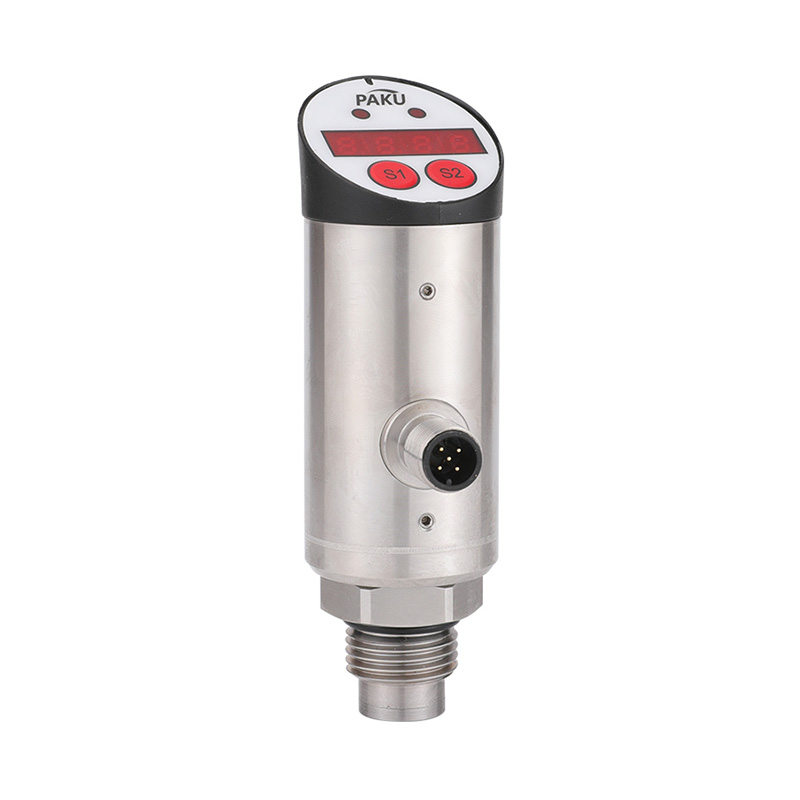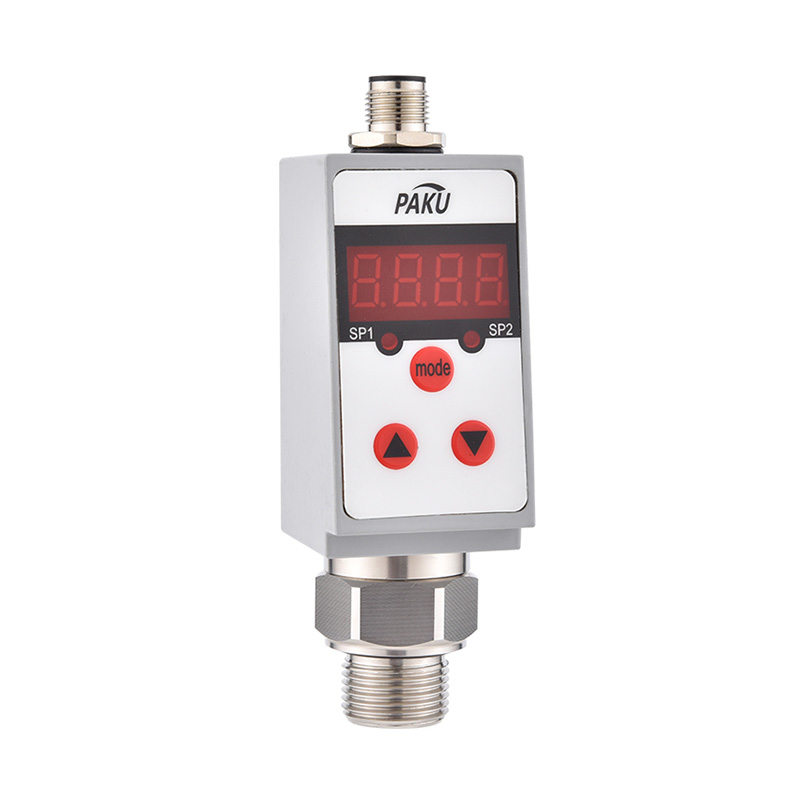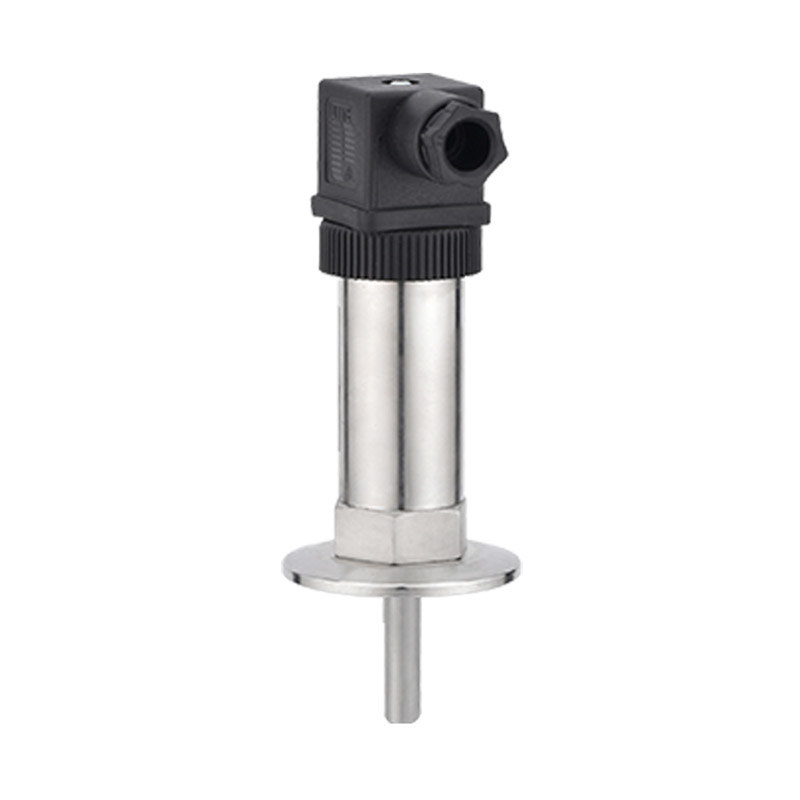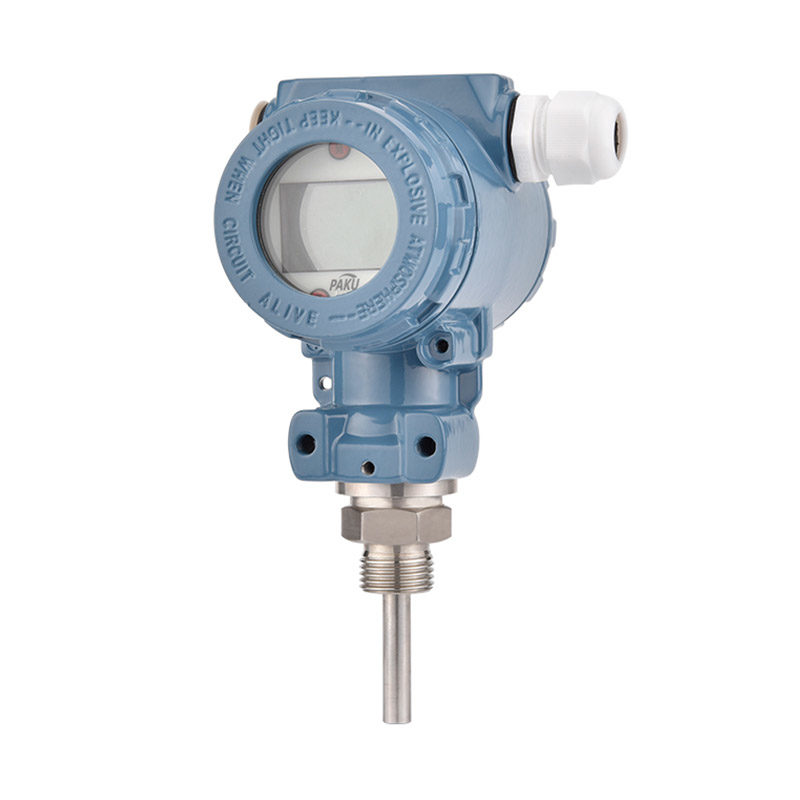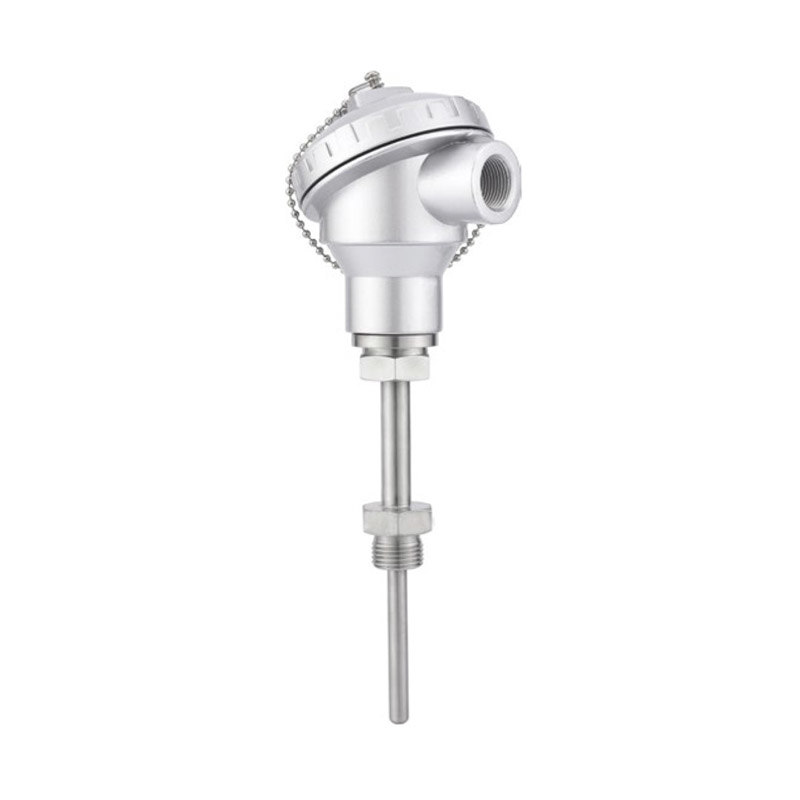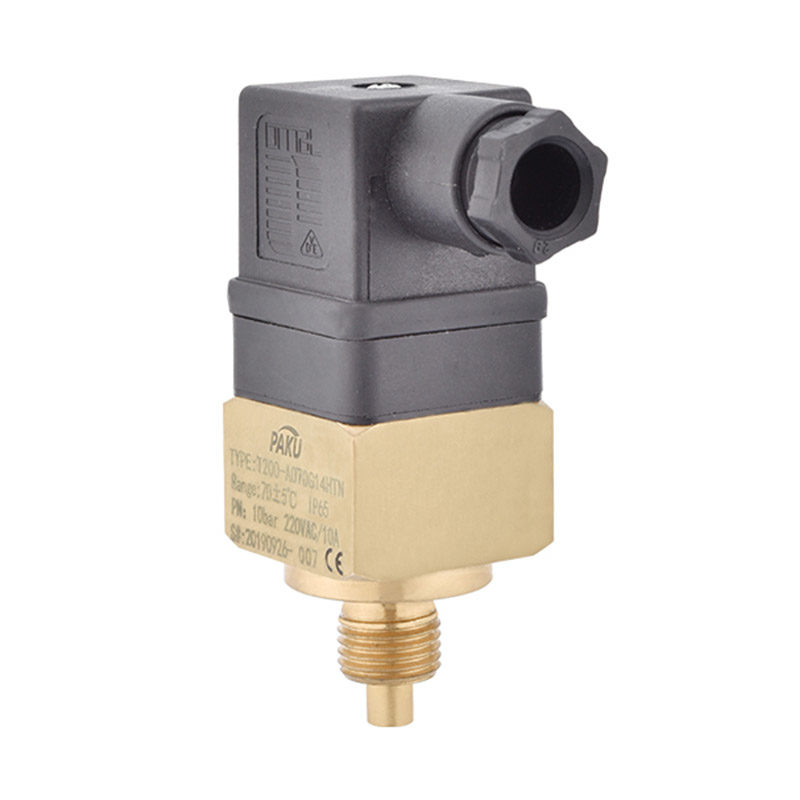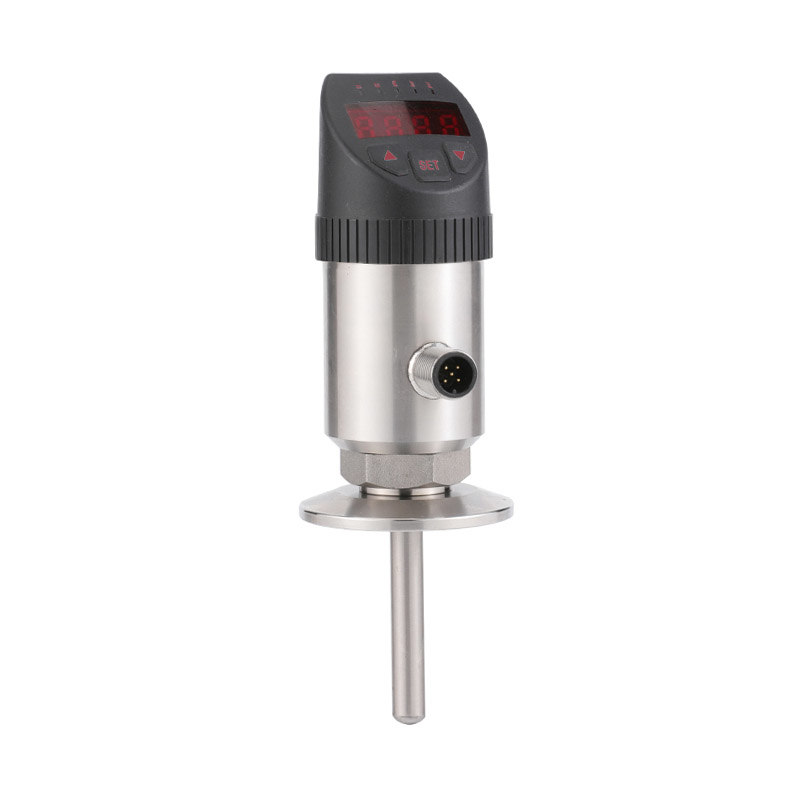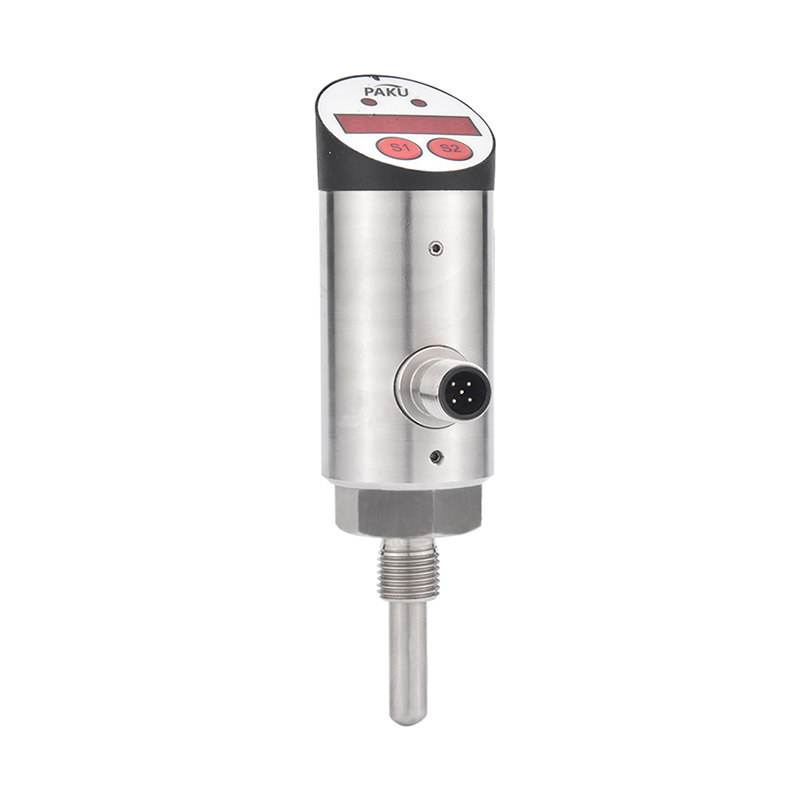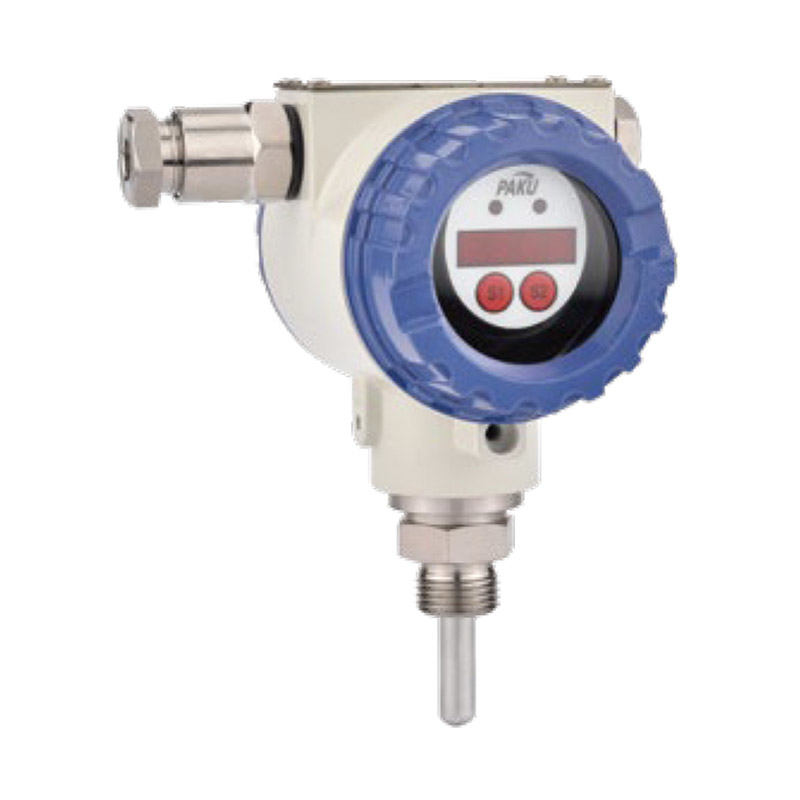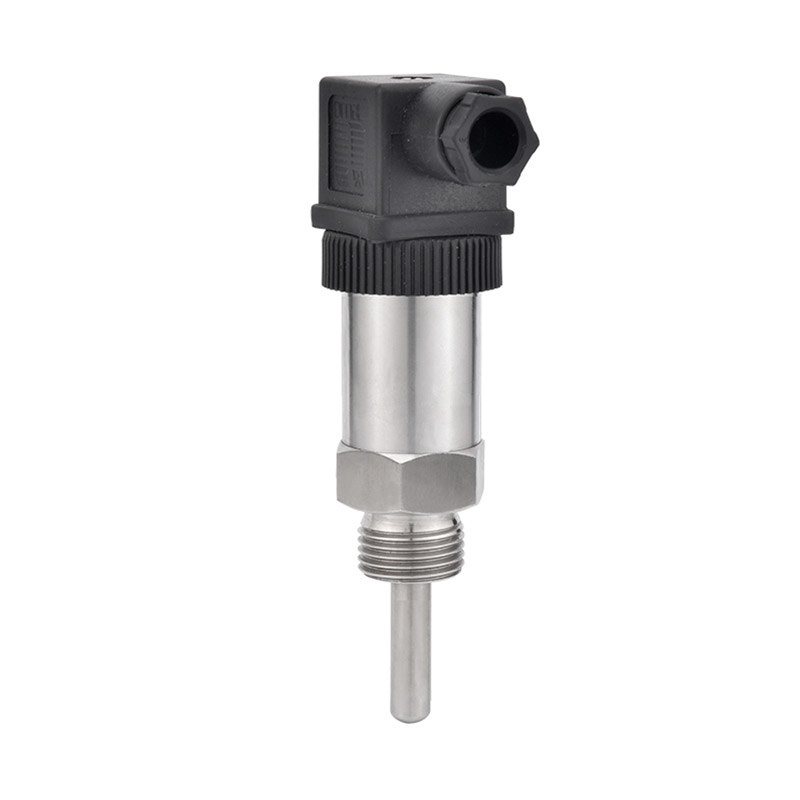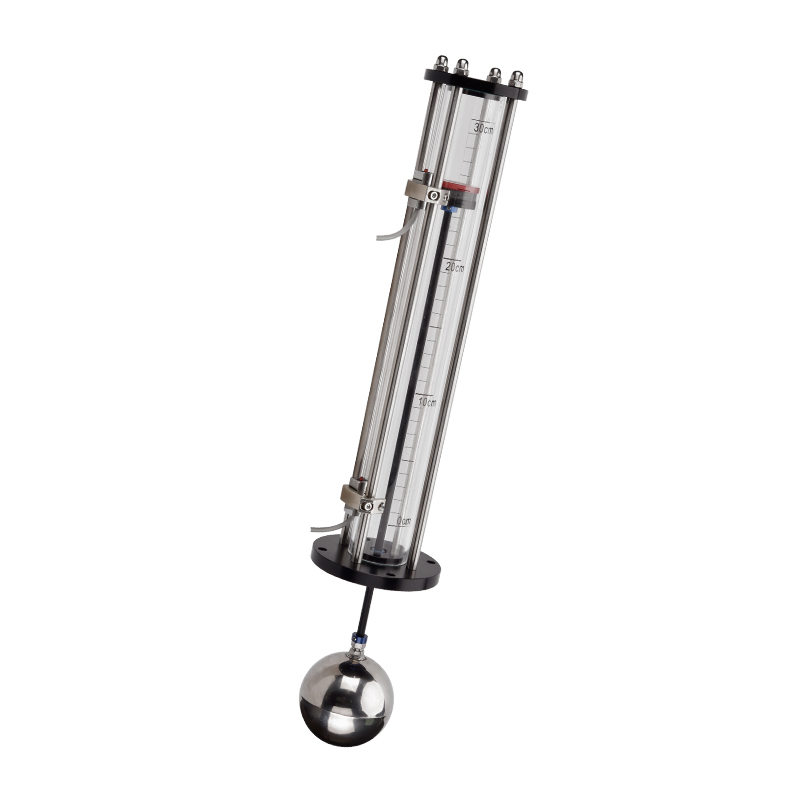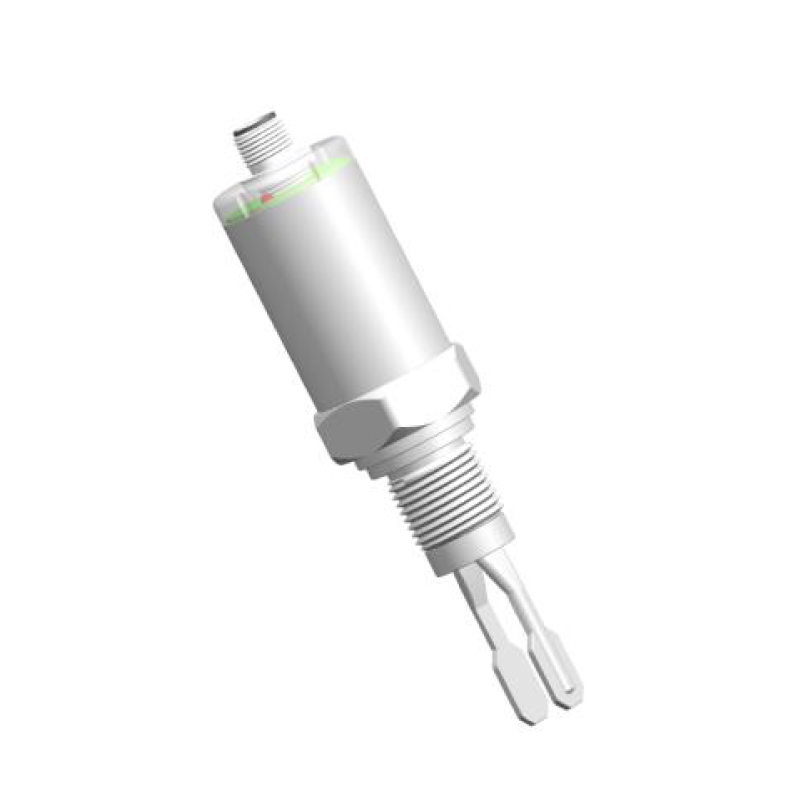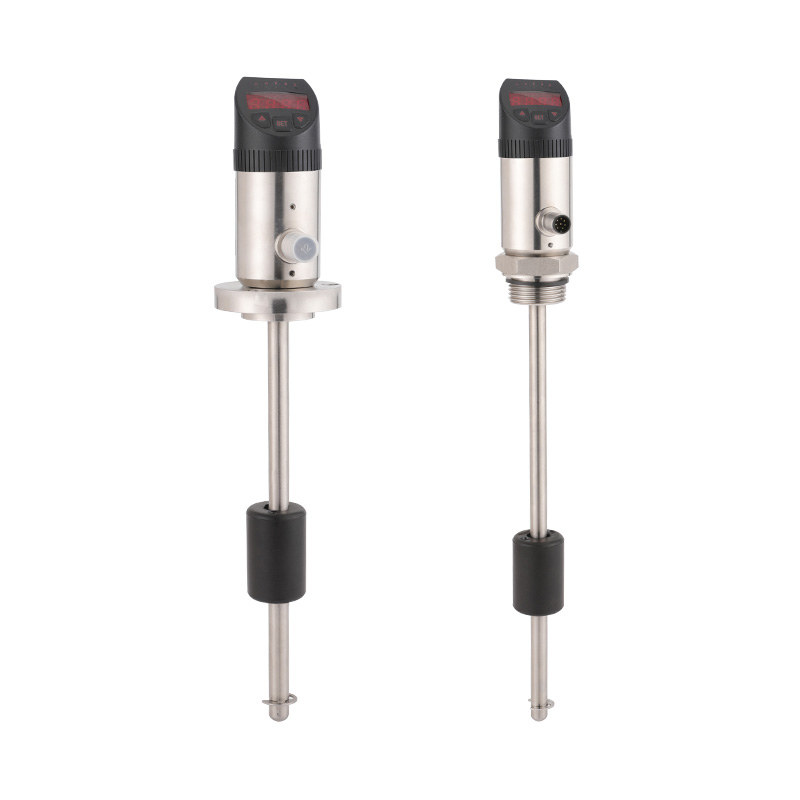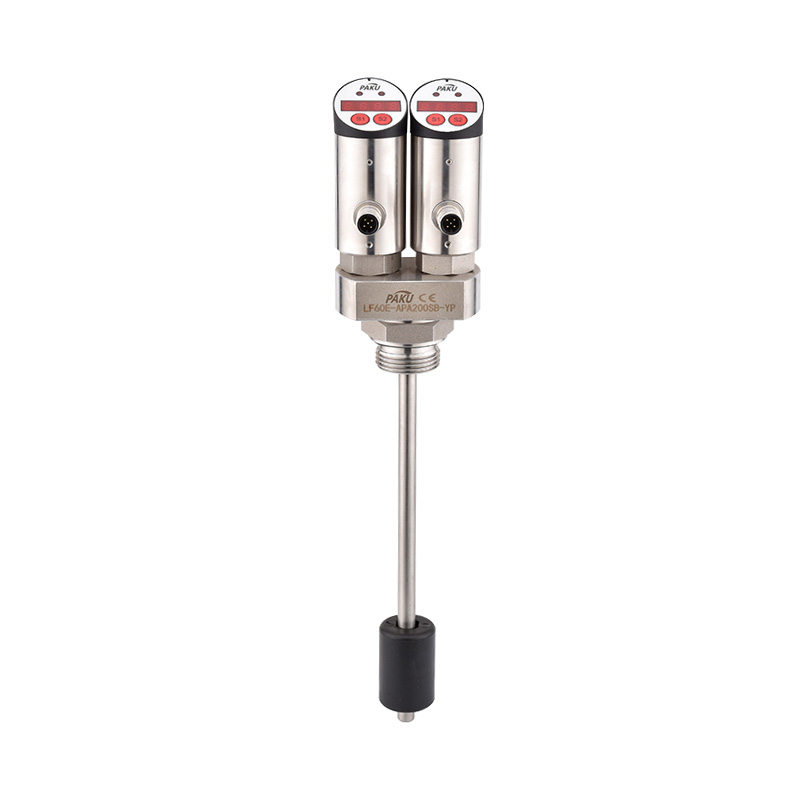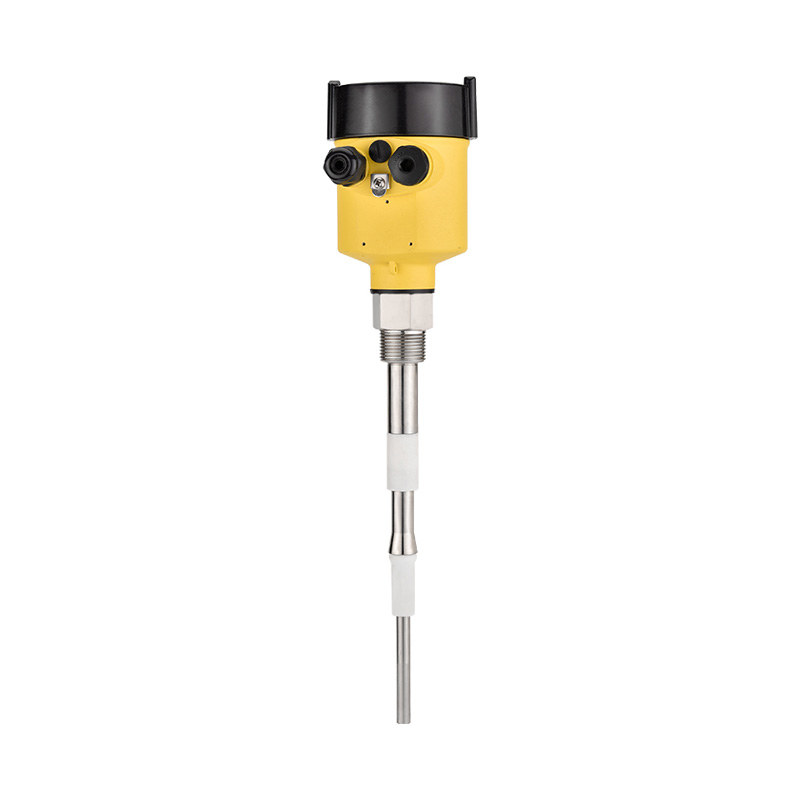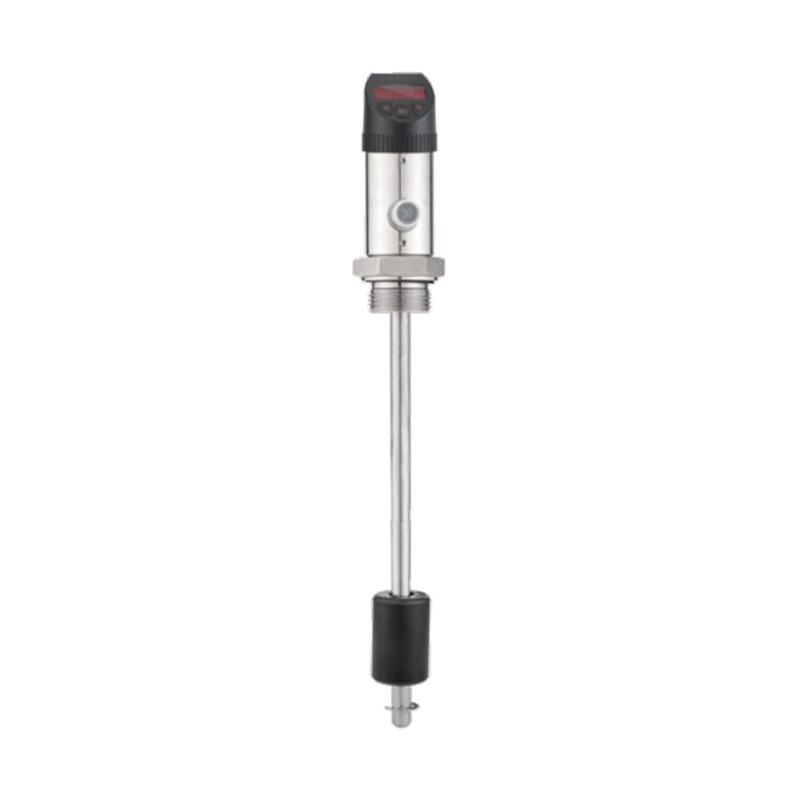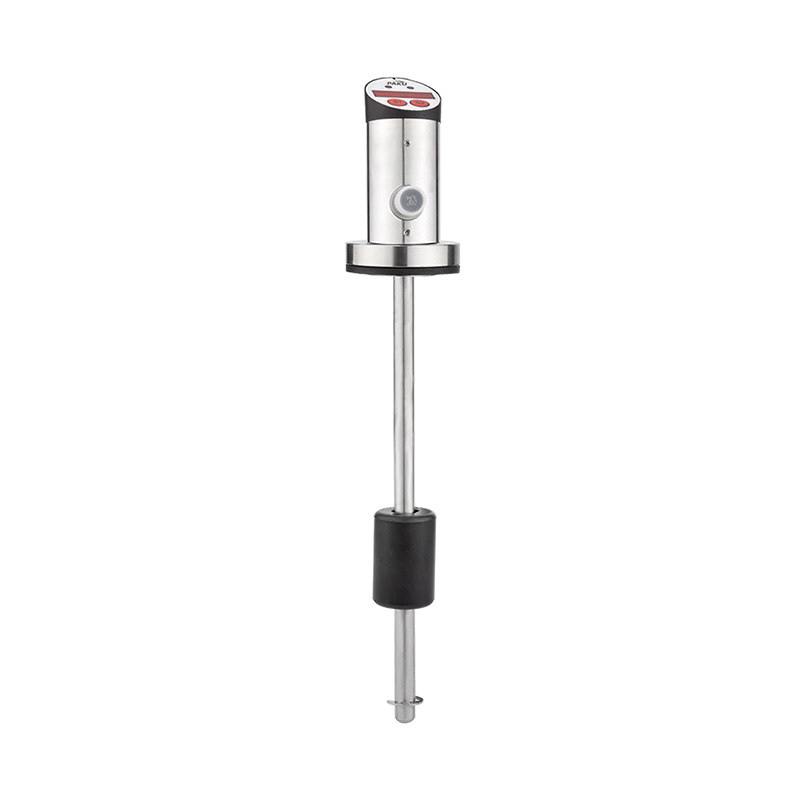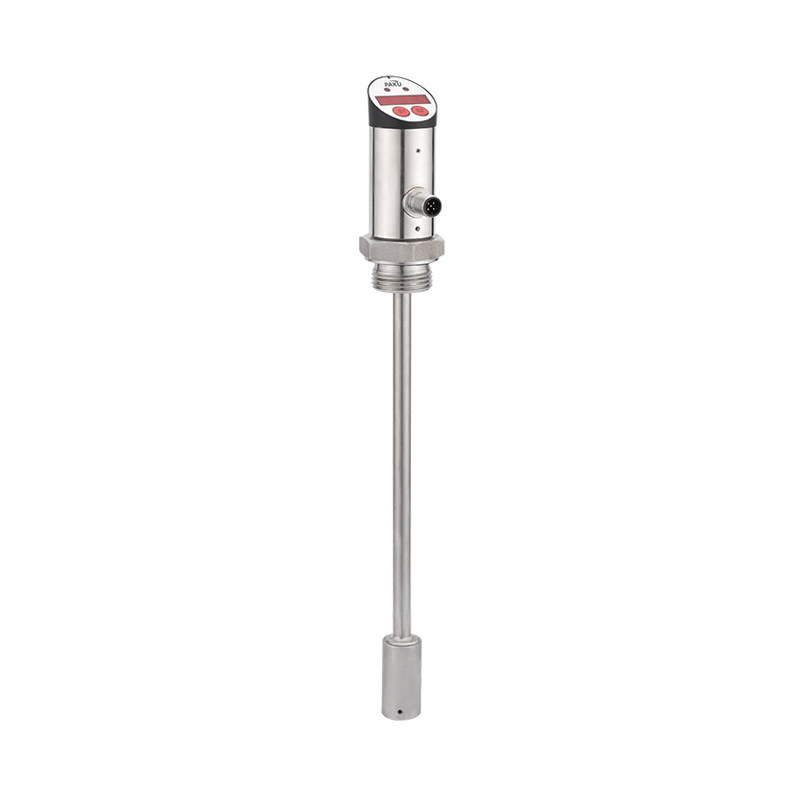If you need any help, please feel free to contact us
Can Industrial Pressure Monitor Device withstand high temperatures and high pressures?
Industrial pressure monitoring devices are essential tools in modern manufacturing, energy production, chemical processing, and many other industrial applications. They help ensure operational safety, maintain process control, and prevent costly equipment failures. A common question among engineers and plant managers is whether these devices can reliably withstand extreme conditions, particularly high temperatures and high pressures. Understanding their design, materials, and operational limits is key to answering this question.
1. Types of Industrial Pressure Monitor Devices
Industrial pressure monitoring devices come in various types, including mechanical gauges, digital pressure sensors, piezoresistive sensors, capacitive sensors, and strain-gauge transducers. Each type has specific design features that determine its temperature and pressure tolerance. For example, mechanical bourdon tube gauges are simple, robust, and can tolerate moderately high temperatures, but their accuracy may degrade under extreme heat. In contrast, digital sensors often use advanced materials and electronics that allow them to function under more precise but sometimes narrower temperature ranges.
2. High-Temperature Resistance
Temperature is a critical factor for pressure monitoring devices. High temperatures can affect the sensor materials, seals, and electronics, potentially causing drift, failure, or permanent damage. Industrial-grade pressure monitors are typically designed using materials that resist thermal degradation. Stainless steel, Hastelloy, Inconel, and other high-temperature alloys are commonly used for sensor housings and diaphragms, enabling them to operate in environments ranging from 100°C to over 400°C, depending on the specific design.
Electronic components in digital pressure monitors are often protected using heat-resistant circuits, insulating materials, and cooling mechanisms. Some devices feature remote sensing, where the sensor diaphragm is placed in the high-temperature environment, but the electronic transmitter is located remotely to reduce heat exposure. This allows accurate pressure monitoring even in extremely hot conditions, such as steam lines, chemical reactors, or furnace systems.
3. High-Pressure Tolerance
Industrial processes often involve high-pressure fluids or gases, which can pose a challenge for pressure monitoring devices. To handle high pressures, manufacturers use thick-walled sensor housings, reinforced diaphragms, and high-strength alloys that prevent deformation or rupture. Typical industrial pressure monitors can handle pressures from several hundred psi (pounds per square inch) up to thousands of psi, with specialized high-pressure devices rated for 10,000 psi or more.
Design considerations also include safety factors and burst pressure ratings. A high-quality industrial pressure monitor is designed to operate safely below its maximum rated pressure while allowing a margin to handle pressure spikes without damage. Overpressure protection features, such as snubbers, dampers, or relief ports, are often integrated to protect sensitive sensor components from sudden surges.
4. Combined High Temperature and Pressure Environments
The most challenging industrial environments involve simultaneous high temperatures and high pressures, such as in chemical reactors, steam turbines, and oil & gas pipelines. In these cases, the pressure monitor must resist both thermal expansion and mechanical stress. Materials selection is critical: stainless steel or nickel-based alloys provide both high strength and thermal stability. Seal materials, such as PTFE, graphite, or metal gaskets, are chosen to maintain integrity under extreme conditions.
Additionally, calibration and compensation mechanisms are incorporated into modern sensors. Temperature-compensated pressure sensors adjust readings to account for thermal effects, ensuring accuracy even when the environment fluctuates between high heat and pressure. Proper installation, including thermal isolation, remote mounting, and vibration damping, further extends the operational range of these devices.
5. Maintenance and Lifespan Considerations
Even though industrial pressure monitors are designed for harsh environments, regular maintenance is essential to ensure reliability. High temperatures and pressures can accelerate wear of diaphragms, seals, and internal components. Periodic inspection, calibration, and replacement of vulnerable parts help maintain accuracy and prevent failures. In applications where extreme conditions are common, selecting devices rated above the expected operating range can significantly enhance longevity.
6. Industry Examples
- Oil & Gas: Pressure monitors in pipelines and wellheads often face pressures exceeding 10,000 psi and temperatures over 200°C. High-strength alloy sensors with remote electronics are standard.
- Chemical Processing: Reactors and high-pressure vessels require sensors resistant to corrosive chemicals and simultaneous thermal stress. Hastelloy or Inconel sensors with PTFE seals are commonly used.
- Power Generation: Steam turbines and boilers involve high-pressure steam at temperatures over 300°C. Specialized pressure transmitters with temperature compensation and robust housings ensure continuous monitoring.
Conclusion
In conclusion, industrial pressure monitor devices can withstand high temperatures and high pressures if they are properly designed, manufactured, and installed. Material selection, sensor type, overpressure protection, and thermal management are critical factors that determine their capability in extreme environments. By choosing industrial-grade sensors rated for the expected operational conditions, implementing proper installation practices, and conducting regular maintenance, engineers can rely on these devices for accurate and safe pressure monitoring in even the most demanding industrial applications.
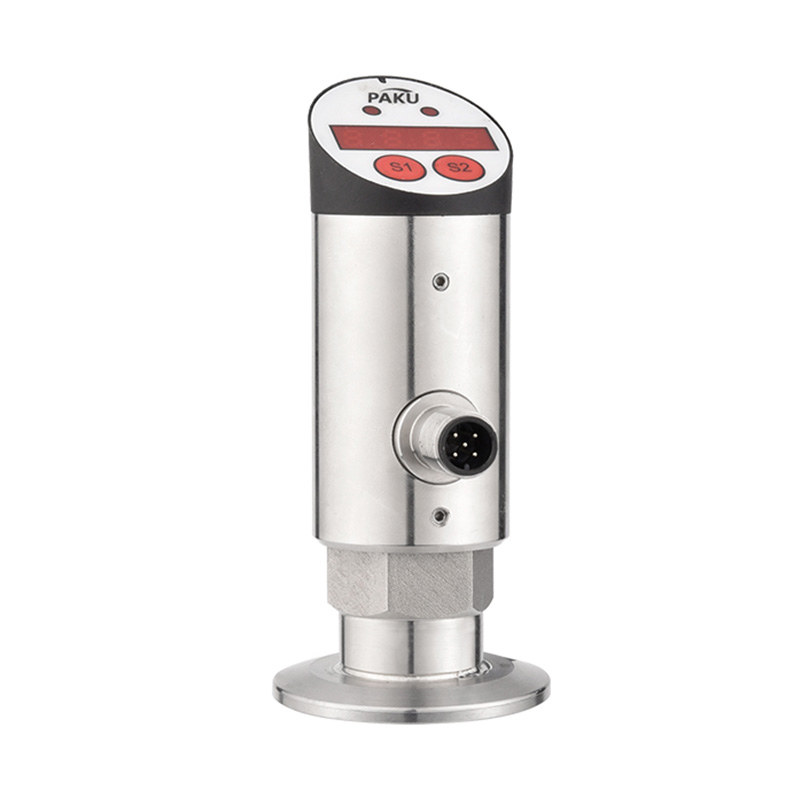

 en
en English
English Русский
Русский España
España عرب .
عرب .